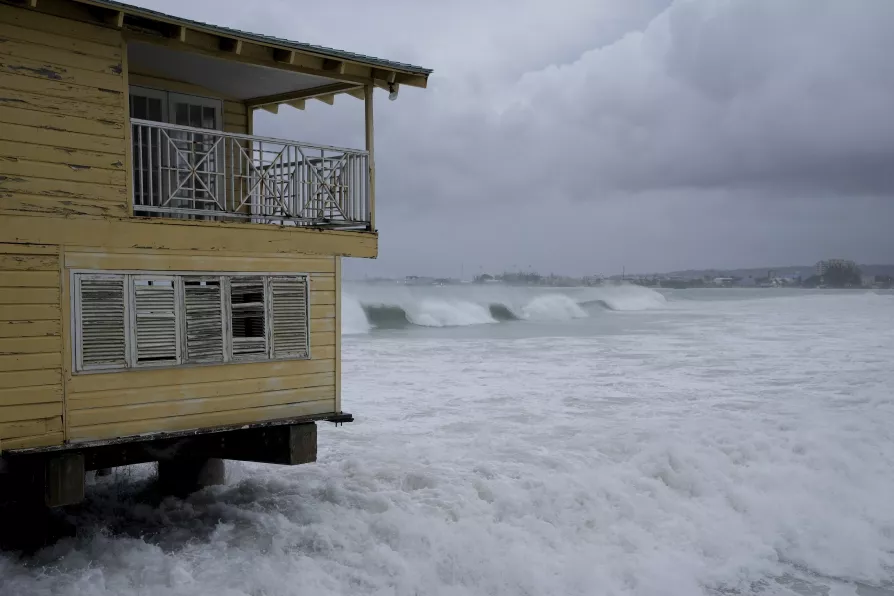Investigators says Ukraine may be behind the attack

 Waves batter a pier during the pass of Hurricane Beryl in Bridgetown, Barbados, July 1, 2024
Waves batter a pier during the pass of Hurricane Beryl in Bridgetown, Barbados, July 1, 2024
HURRICANE Beryl struck islands in the south-east Caribbean today, with storm surges nine feet high predicted and governments warning people to take shelter.
“It’s going to be terrible,” St Vincent & the Grenadines Prime Minister Ralph Gonsalves said, urging that citizens stay at home and “wait this monster out.”
The category 4 storm, with wind speeds of over 130mph, is the earliest of its strength in Atlantic history, deriving its power from record warm waters — hotter now than they usually would be at the height of hurricane season in September after a summer of warming, hurricane specialist Michael Lowry said.

Hurricanes might have natural causes but the tragedy that follows is entirely human-made and a consequence of capitalist greed, asserts ROGER McKENZIE













